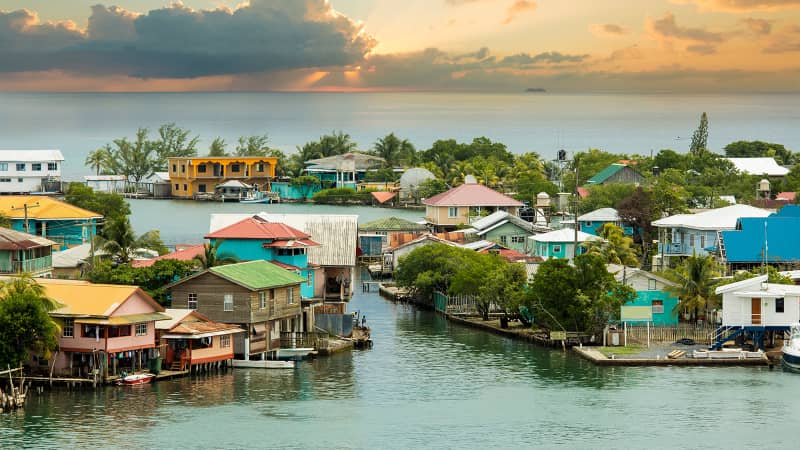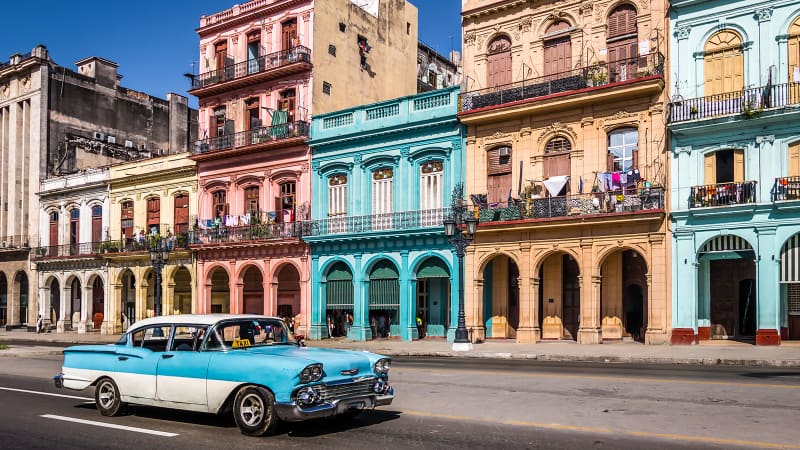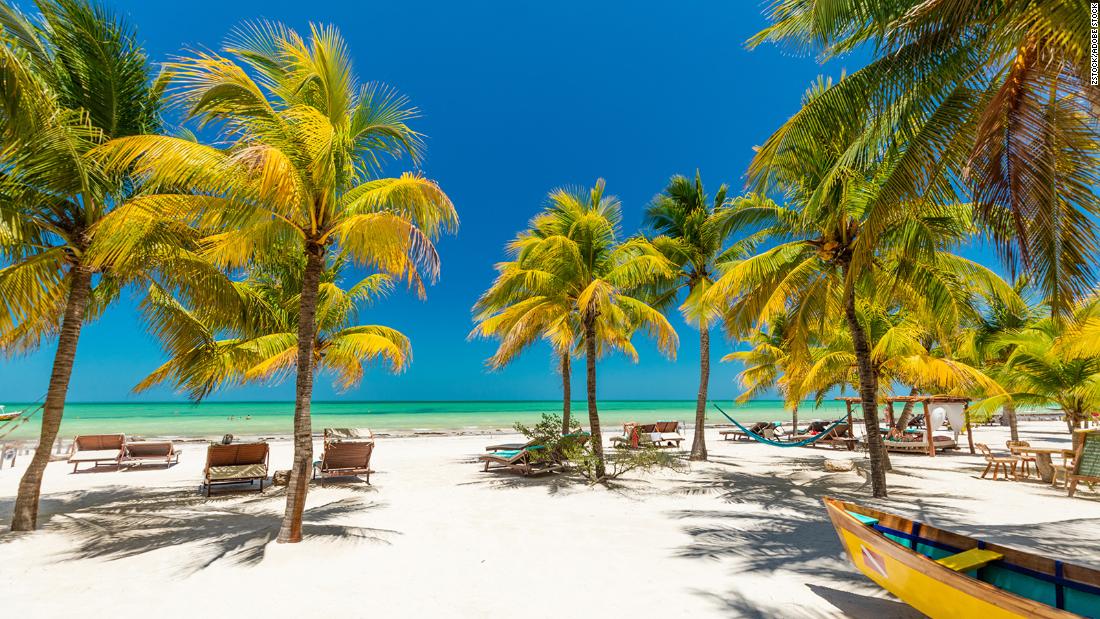(CNN) — The US Centers for Disease Control and Prevention on Monday placed three new destinations in its “high” risk category for Covid-19, including a North American travel behemoth.
The Level 3 “high” risk category is now the top rung in terms of risk level. Level 2 is considered “moderate” risk. Level 1 is “low” risk.
Level 4, previously the highest risk category, is now reserved only for special circumstances, such as extremely high case counts, emergence of a new variant of concern or health care infrastructure collapse. Under the new system, no destinations have been placed at Level 4 so far.
The “Level 3: Covid-19 High” category now applies to countries that have had more than 100 cases per 100,000 residents in the past 28 days.
The three places joining Level 3 this week are:
• Mexico
• New Caledonia
• United Arab Emirates
Mexico, a favorite destination for US tourists, and the UAE, the Middle East’s glitzy hot spot, were at Level 2 last week.
New Caledonia, renowned among scuba divers, was in the unknown category previously, meaning the CDC did not have enough data from the Pacific Ocean destination to assign a category.
There were almost 115 destinations at Level 3 on June 13. Level 3 locations account for almost half of the roughly 235 places monitored by the CDC.
Level 3

A classic cityscape view of Florence, Italy. The Southern European country remains at Level 3.
rh2010/Adobe Stock
Mexico and the UAE aren’t the only travel favorites in the “high” risk category. Many other popular travel destinations are also at Level 3.
Much of Europe has been stubbornly lodged there for months as the summer travel season has begun. As of June 13, the following popular European destinations were among those remaining at Level 3:
• France
• Germany
• Greece
• Ireland
• Italy
• The Netherlands
• Portugal
• Spain
• United Kingdom
It’s not just European favorites that find themselves at Level 3. Numerous notable travel destinations around the world are among those in the ‘high’ risk category, including the following:
• Brazil
• Canada
• Costa Rica
• Malaysia
• South Korea
• Thailand
Level 2

The Oak Ridge area of Roatan Island, Honduras, at sunrise. Honduras dropped down to Level 2 this week.
Wollwerth Imagery/Adobe Stock
Destinations carrying the “Level 2: Covid-19 Moderate” designation reported 50 to 100 Covid-19 cases per 100,000 residents in the past 28 days. Three places were moved to this level on Monday:
• Cape Verde
• Honduras
• Saba
The move was good news for Honduras and the quiet Caribbean island of Saba, which had been at Level 3. Cape Verde, an Atlantic Ocean archipelago off the coast of Africa, had been at Level 1.
There were only 16 destinations listed in Level 2 on June 13.
Level 1

Classic cars are part of the Old Havana scene. Cuba has been moved to Level 1, considered “low” risk for Covid.
diegograndi/Adobe Stock
To be in “Level 1: Covid-19 Low,” a destination must have had 49 or fewer new cases per 100,000 residents over the past 28 days. Just two destinations were added to the category on June 13:
• Cuba
• Iraq
Both nations had been at Level 2.
Unknown
Finally, there are the destinations the CDC has deemed to be of “unknown” risk because of a lack of information. Usually, but not always, these are small, remote places or places with ongoing warfare or unrest. This week, two places were added to this category:
• Belarus
• Maldives
Both had been at Level 3 last week.
The CDC advises against travel to these places precisely because the risks are unknown. Other destinations in this category include Cambodia, the Canary Islands, Macau and Tanzania.
A medical expert weighs in on risk levels
Transmission rates are just “one guidepost” for travelers’ personal risk calculations, according to CNN Medical Analyst Dr. Leana Wen.
We’ve moved into “a phase in the pandemic where people need to make their own decisions based on their medical circumstances as well as their risk tolerance when it comes to contracting Covid-19,” said Wen, who is an emergency physician and professor of health policy and management at the George Washington University Milken Institute School of Public Health.
There are other factors to weigh in addition to transmission rates, according to Wen.
“Another is what precautions are required and followed in the place that you’re going and then the third is what are you planning to do once you’re there,” she said.
“Are you planning to visit a lot of attractions and go to indoor bars? That’s very different from you’re going somewhere where you’re planning to lie on the beach all day and not interact with anyone else. That’s very different. Those are very different levels of risk.”
Vaccination is the most significant safety factor for travel, since unvaccinated travelers are more likely to become ill and transmit Covid-19 to others, Wen said.
And it’s also important to consider what you would do if you end up testing positive away from home.
Top image: A tropical beach setting on Isla Holbox in the state of Quintana Roo in Mexico. (Zstock/Adobe Stock)
